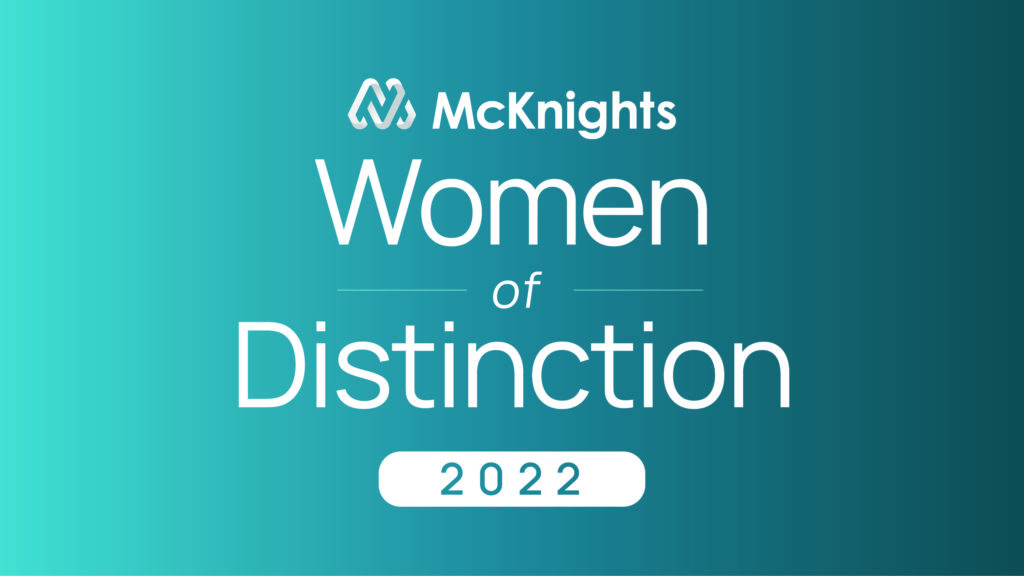
Some of long-term care’s biggest opportunities for improvement over the next one to two years include investing in technology and harnessing data and analytics, according to a study conducted by human resources consulting firm Ferguson Partners.
The firm conducted interviews this spring with the leaders of 13 organizations in the seniors housing sector, including prominent real estate investment trusts, private owners, operators, developers, real estate private equity firms and industry trade associations. Technology was widely discussed as an area for improvement and a way to gain needed efficiencies.
Interviewees acknowledged, however, that improvements require investments in time and money, both of which are hard to come by right now. Amid the pandemic, many operators were forced to invest in resident and family-facing services and public health technologies to survive.
Now, the focus must turn to technologies that ultimately can help affect long-term cost as well as free up staff time.
“The pandemic caused the digital evolution to accelerate,” one interviewee said. “However, while we made many investments in ‘front of the house’ resident-facing technologies, little time and money has been spent on ‘back of the house’ technology investments that focus on improved efficiencies.”
The report also focused on the need to further explore efficiency and decision-making driven specifically by data and analytics, something the senior living and skilled nursing sectors are behind on, compared with many other industries.




